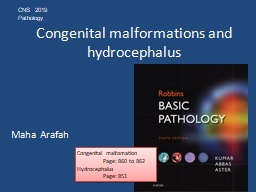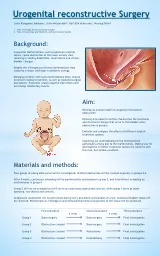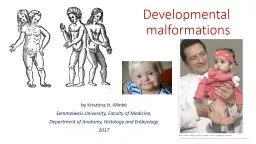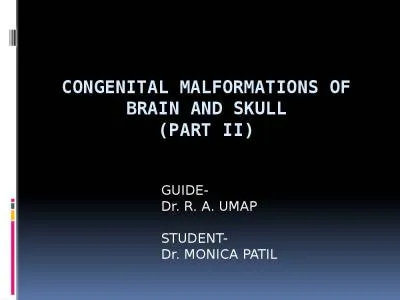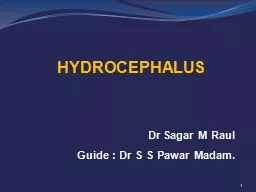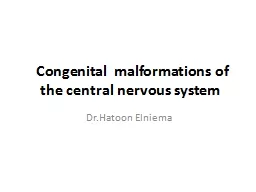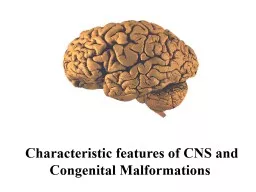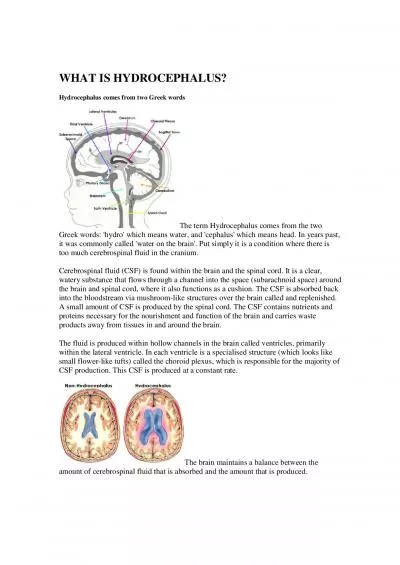PPT-Congenital malformations and hydrocephalus
Author : mackenzie | Published Date : 2024-02-03
Maha Arafah CNS 2019 Pathology C ongenital malfomation Page 860 to 862 Hydrocephalus Page 851 Objectives 1 CNS congenital malformation Know the common types
Presentation Embed Code
Download Presentation
Download Presentation The PPT/PDF document "Congenital malformations and hydrocephal..." is the property of its rightful owner. Permission is granted to download and print the materials on this website for personal, non-commercial use only, and to display it on your personal computer provided you do not modify the materials and that you retain all copyright notices contained in the materials. By downloading content from our website, you accept the terms of this agreement.
Congenital malformations and hydrocephalus: Transcript
Download Rules Of Document
"Congenital malformations and hydrocephalus"The content belongs to its owner. You may download and print it for personal use, without modification, and keep all copyright notices. By downloading, you agree to these terms.
Related Documents

